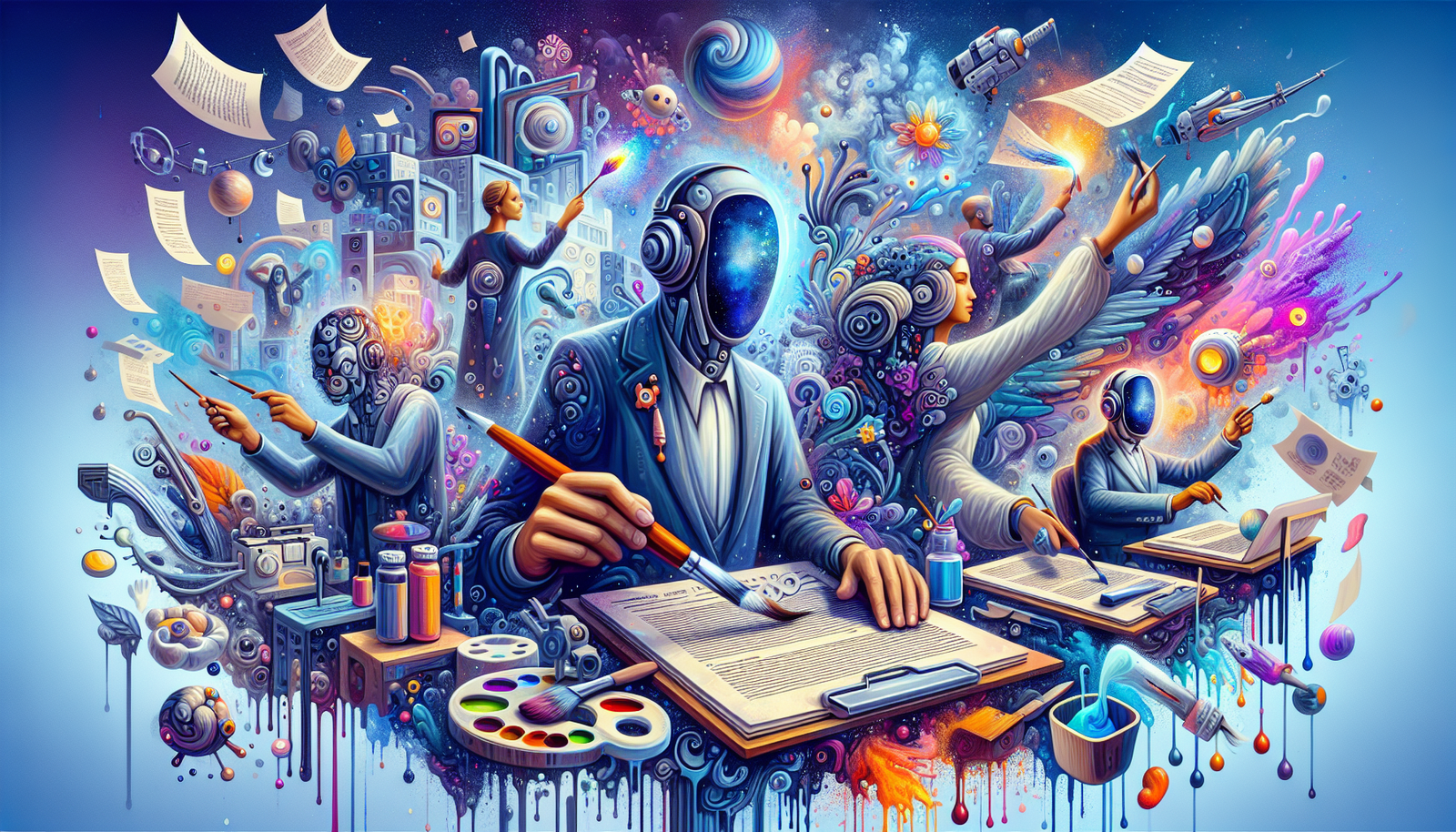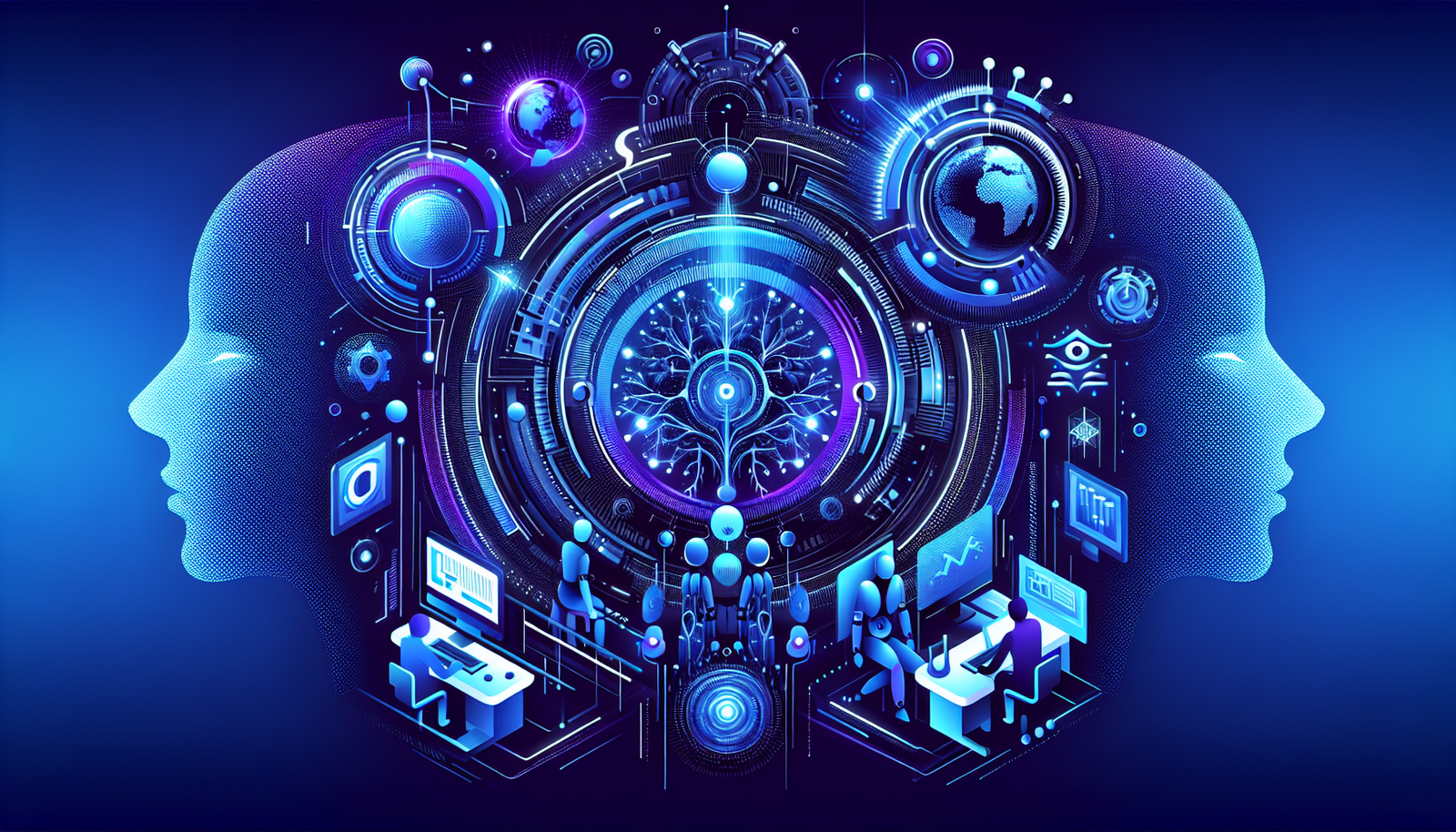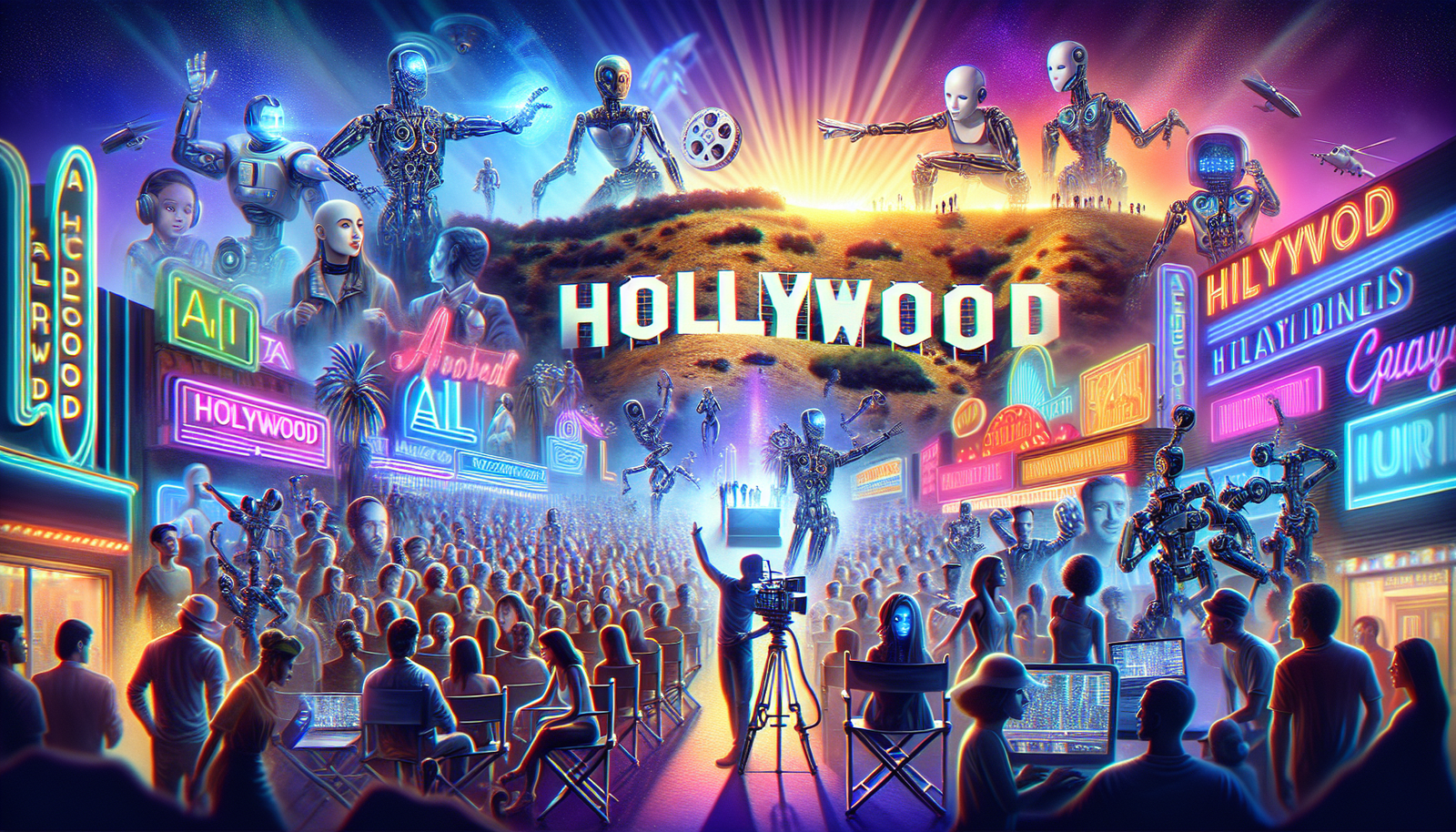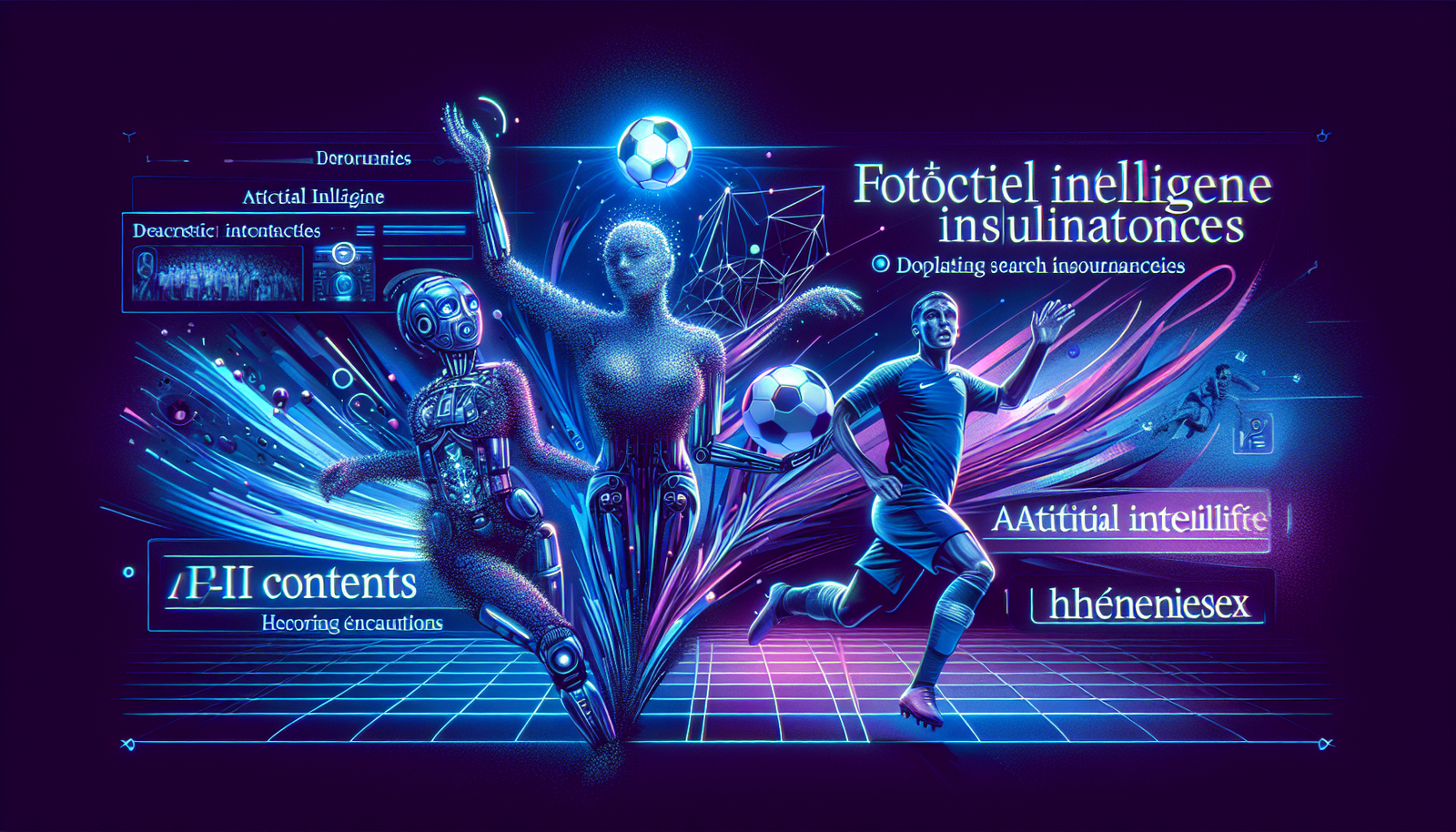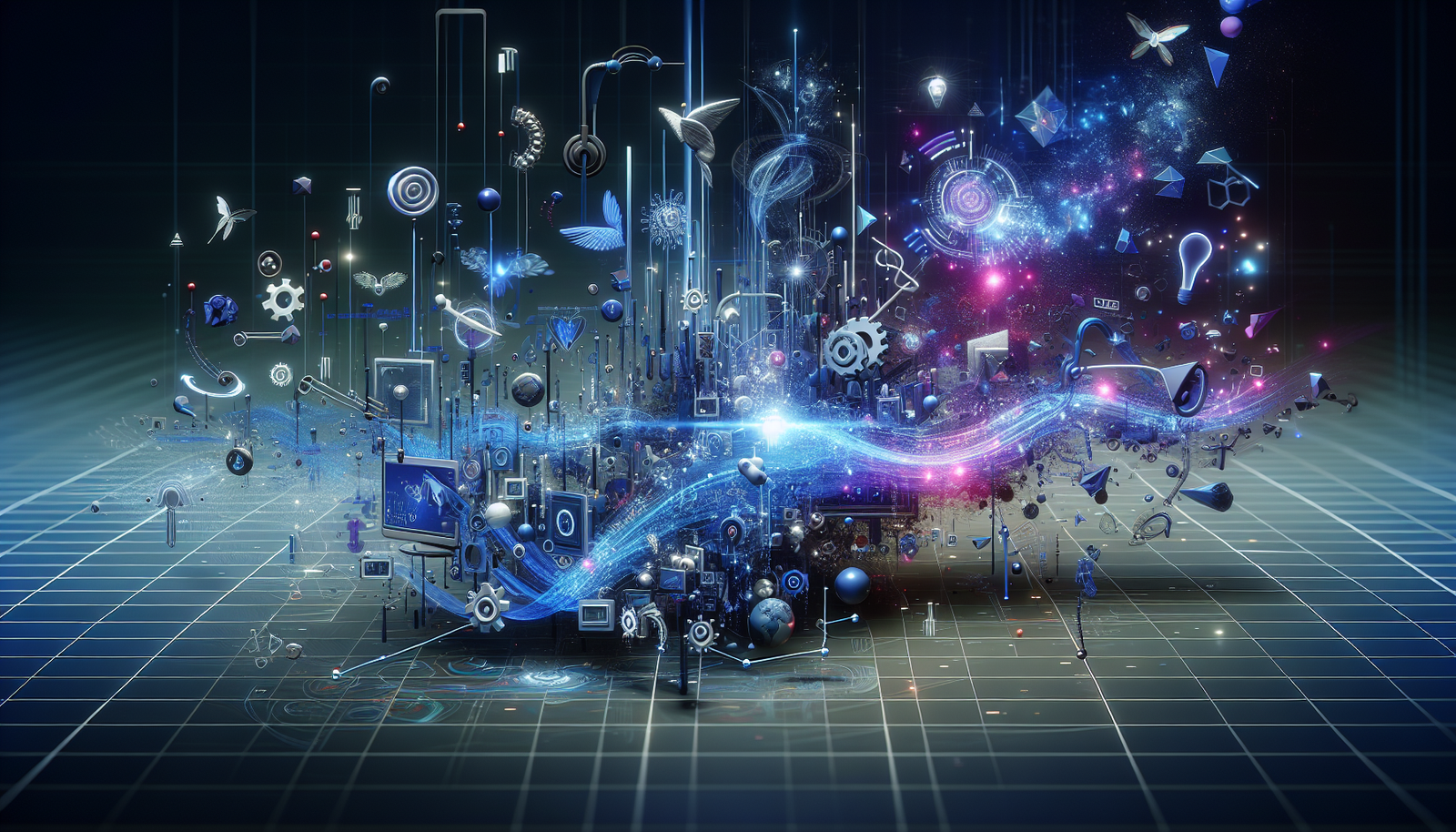The boundaries of art are crumbling, sparking heated controversies and frantic questioning. Artists, inspired by the enchanting style of *Studio Ghibli*, adopt unique strategies. They pose as imitators by crafting fictitious legal letters to accompany their otherwise authentic works.
This *unusual practice* raises essential ethical questions about legality and intellectual property. The ensuing uproar shakes the artistic community, exposing the ambiguities of copyright law in the digital age. An identity crisis looms: who legitimately owns this enchanting style?
Artists Imitating the Style of Studio Ghibli
An emerging phenomenon is taking shape among digital artists, where a distinct trend is forming. These creators use artificial intelligence tools to produce visually inspired works echoing the iconic style of *Studio Ghibli*. These creations, often spectacular, cast a shadow over the question of copyright. The lack of appropriate licenses fuels ethical and legal debates over the appropriation of artistic styles without compensation.
Fake Legal Documents Accompanying the Works
Recently, some artists have begun to craft fake legal letters that claim to protect their creations. These documents, often sophisticated, can create the illusion of genuine legal recognition. In reality, they are an attempt to mask the absence of authentic copyright. This practice raises significant concerns regarding both artistic integrity and legality.
The Reaction of the Public and Artists
A significant portion of the public expresses a certain fascination for these creations. Social media users eagerly share these works, often without realizing the underlying legal implications. In contrast, many informed artists are critical of these methods. They point out that this phenomenon is part of a broader trend of devaluing original art and the hard work it entails.
The Stakes of Copyright
The debate about copyright becomes particularly relevant in this context. The use of artificial intelligence to generate images imitating a protected style has already triggered lawsuits in the past. *Studio Ghibli*, known for its unique visual works, may consider legal action against these practices. Artists must navigate carefully between creativity and respect for others’ rights.
Toward Regulation of Artificial Intelligence
Voices are rising to call for stricter regulation of artificial intelligence tools. It is necessary to frame the use of these technologies to protect art creators. Legislative proposals are emerging, calling for concrete measures to ensure respect for artistic rights in this new digital environment. Artists must be safeguarded against exploitation arising from dubious practices.
Conclusions from Industry Stakeholders
Discussions among artists, lawyers, and technology experts are ongoing. These conversations aim to establish a clear ethical and legal framework for the use of artificial intelligence in artistic creation. The convergence of innovation and respect for copyright seems essential to avoid long-term detrimental consequences.
Frequently Asked Questions about Imitating the Ghibli Style and Fake Legal Letters
What drives artists to create works imitating the style of Studio Ghibli?
Artists often seek to pay tribute to the unique aesthetic of Studio Ghibli, draw attention to their own work, or explore themes similar to those in Ghibli films. AI also facilitates this imitation by making art more accessible.
Why do some artists use fake legal letters to accompany their works?
Some artists use fake legal letters thinking that it will enhance the credibility of their work or due to a lack of knowledge of intellectual property laws, hoping to avoid any possible challenges.
What legal risks do artists face when imitating the style of Studio Ghibli?
Artists may face lawsuits for copyright infringement, particularly if they use protected elements in their works, even if accompanied by fake legal disclaimers.
How does the artistic community react to the use of fake legal letters?
The artistic community is divided; some see this as a form of self-promotion, while others condemn it as deceit and a lack of respect for the work of original artists.
Can fake legal letters impact the art market?
Yes, they can create confusion among potential buyers, distort the value of works, and harm the reputation of honest artists who strive to comply with intellectual property laws.
What measures can artists take to avoid legal issues?
Artists should educate themselves about intellectual property laws, consult copyright attorneys, and create original works that are inspired rather than directly imitating the styles of other artists.
How do online sales platforms manage this type of content?
Many online sales platforms actively monitor content for copyright violations and may remove suspicious works or conduct investigations if they receive complaints or reports.
Can artists using AI to create works in the Ghibli style also be sued?
Yes, even if AI is used, artists can be held liable for infringements if their work violates copyright or employs protected elements of the Ghibli style without authorization.
